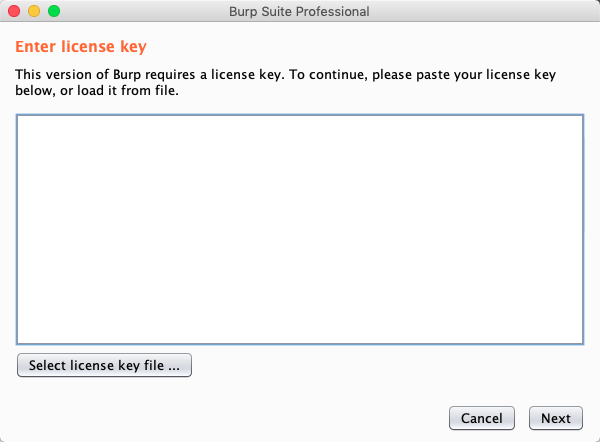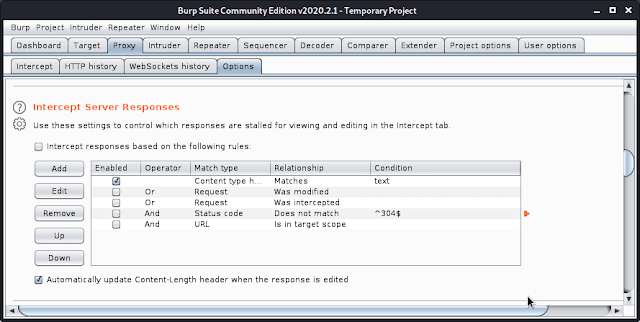

Click to select only BCheck generated issue.Click in the list, Ctrl-A, right-click and unselect Enable.Enter configuration name “BChecks only”.Under Scan details, select Audit selected items.Right-click on the target host, and click New scan.Click on New to create a new BCheck, or click on Import to import a file.These files use a custom definition language to specify the behavior of the check. Burp Scanner runs these checks in addition to its built-in scanning routine. Adding custom scan checks (PortSwigger)īChecks are custom scan checks that you can create and import from plain text files (.bcheck).BCheck definition reference (PortSwigger).
#Burp suite mac os manual#


Under Upstream Proxy Servers, click Add.In the Settings window, click on Network->Connections.Under Default Proxy interception->Enable interception at startup, select Always disable.In the Settings window, click on Tools->Proxy.User Settings Disable interception at startup Select Always Trust for When using this certificate.Ĭlick Settings on the top right corner to access the settings window.In the Keychain Access application, double-click on PortSwigger CA.This can be needed when intercepting requests from desktop applications like Electron.Īdd Burp’s root certificate to Mac OS’ keychain
#Burp suite mac os software#
Click on Import and select Trust this CA to identify websites, email users and software developersĪdd Burp’s root certificate to the Windows Trust Store.Under Security -> Certificates, click on View Certificates.In Firefox, click on Options -> Privacy & Security.Click on CA Certificate and download the file.Installing Burp’s CA certificate (PortSwigger).
#Burp suite mac os install#
To use Burp proxy more effectively with HTTPS websites, install Burp’s certificate.


 0 kommentar(er)
0 kommentar(er)
